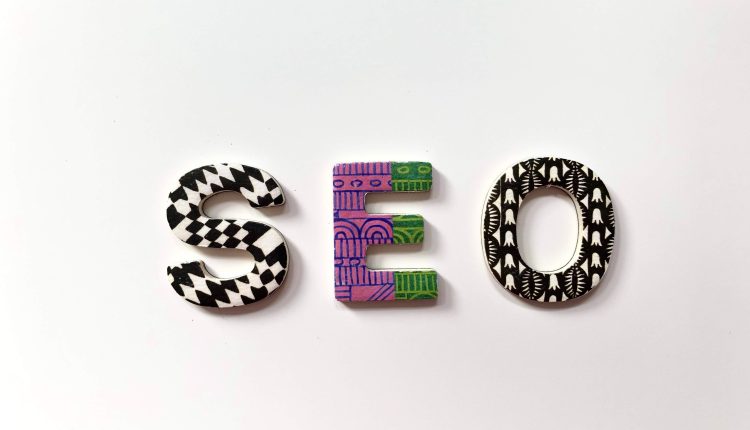How to Add H1 Tag in WordPress Website
When it comes to optimizing your website for search engines, one of the essential elements is adding the H1 tag to each page. The H1 tag is the main heading of your webpage, and it helps both users and search engines understand what your content is about. In WordPress, adding an H1 tag may seem like a daunting task for beginners, but it’s actually quite simple with a few easy steps.
In this article, we will guide you through the process of adding an H1 tag to your WordPress website.
Why H1 tags matter for SEO
H1 tags are a critical component of on-page SEO optimization. These tags, also known as heading tags, are used to indicate the primary header or title of a webpage. Search engines such as Google use H1 tags to understand the content and purpose of a page. Therefore, properly using H1 tags can significantly impact your website’s search engine rankings.
The importance of H1 tags lies in their ability to convey the central theme or topic of a webpage. They provide structure and hierarchy to your content while guiding both users and search engines through your site’s architecture. Additionally, using relevant keywords within your H1 tag can improve your chances of ranking higher for those specific terms.
In WordPress websites, adding an H1 tag is straightforward. By default, most WordPress themes automatically add an H1 tag for each page or post title. However, it’s essential to ensure that you’re not using multiple H1 tags on one page and that they accurately reflect the content’s focus. Properly utilizing these fundamental HTML elements can have a positive impact on both user experience and SEO performance.

Understanding H1 tags in WordPress
H1 tags are one of the most important elements in on-page search engine optimization (SEO). It is also the first tag that search engines such as Google look for when crawling a website. H1 tags should be used to identify the main header or title of a page, and should only appear once per page. In WordPress, H1 tags can be easily added using either the classic editor or the Gutenberg editor.
To add an H1 tag using the classic editor, simply highlight your main header text and select “Heading 1” from the drop-down menu under “Format”. For those using Gutenberg, click on the “+” icon to add a new block and choose “Heading” from the formatting options. From there, you can select “Heading 1” as your tag and input your main header text.
It is important to note that while H1 tags are crucial for SEO purposes, it should not be overused throughout your content. Overuse of H1 tags may result in penalties from search engines which could negatively impact your website’s ranking. Therefore, it is recommended to use them only where necessary – primarily for identifying major headings or titles within a webpage’s content structure.
Step-by-step guide to adding H1 tag
Step 1: Log in to your WordPress website and navigate to the page or post where you want to add an H1 tag.
Step 2: Click on the text editor of that page or post by clicking on “Edit” button.
Step 3: Highlight the text that you want to make as heading and select “Heading 1” from the drop-down menu in the formatting toolbar.
Step 4: If you don’t see a formatting toolbar, click on the three vertical dots at the top right corner of your screen, and select “Show Toolbar”.
Step 5: Once you’ve selected Heading 1, it should automatically apply the H1 tag to your text.
Step 6: Double-check if there are any other H1 tags already present on your website as it’s recommended only one H1 tag per page.
Step 7: Save your changes or publish your post. And that’s it! You’ve successfully added an H1 tag to your WordPress website.

Best practices for using H1 tags
H1 tags are one of the most important on-page SEO elements. It tells search engines what your content is all about. Using H1 tags correctly can improve your website’s search engine ranking and user experience. Here are some best practices for using H1 tags.
Firstly, each page should have only one H1 tag. Your website’s hierarchy should be organized in a way that it makes sense to users and search engines alike, with the most important heading being the first and foremost on the page.
Secondly, make sure that your H1 tag accurately reflects what your content is about. This will help both users and search engines understand what they can expect from reading your content.
Lastly, avoid making your H1 tag too long or generic as this may confuse both users and search engines trying to decipher what exactly you’re talking about on that particular page. Instead, keep it specific while still including relevant keywords to optimize for SEO purposes.
By following these best practices when using H1 tags on your WordPress website, you’ll ensure that both users and search engines have a clear understanding of what each page is all about which can ultimately lead to better visibility in organic searches as well as improved user experience for visitors to your site.
Common mistakes to avoid
One common mistake that people make when adding an H1 tag in their WordPress website is using multiple H1 tags on a single page. It’s important to remember that the H1 tag should only be used once per page, and it should contain the main heading of the page. Using multiple H1 tags can confuse search engines and negatively impact your website’s SEO.
Another mistake to avoid is not optimizing your H1 tag for keywords. Your main heading should include relevant keywords related to the content on the page, as this helps search engines understand what your page is about. However, it’s important not to stuff too many keywords into your H1 tag or use irrelevant keywords, as this can also harm your SEO.
Lastly, some people may forget to add an H1 tag altogether. This can make it difficult for search engines and users alike to understand what a page is about. When creating content for your website, always remember to add a clear and concise main heading using an H1 tag for optimal visibility and understanding.

Alternative options for styling headings
When it comes to styling headings on your WordPress website, there are a variety of options available beyond the traditional H1-H6 tags. One option is using custom fonts or font sizes for your headings, which can add visual interest and help differentiate different sections of your content. Another alternative is adding graphic elements such as icons or images alongside your headings, which can help draw attention and create a more cohesive design.
Another option for styling headings is using different colors or background effects to make them stand out. This can be particularly useful when you have multiple levels of subheadings within a single section of content, as it helps readers quickly identify the most important information.
Overall, while the traditional H1-H6 tags remain an important part of creating accessible and well-structured content on your WordPress website, there are plenty of other ways to customize the look and feel of your headings in order to improve readability and visual appeal. Experiment with different styles until you find what works best for your specific needs and audience.
Conclusion: Importance of optimizing website headings
In conclusion, optimizing website headings is crucial for the success of any website. The H1 tag specifically serves as a primary heading that informs search engines about the content and purpose of the page. A well-optimized H1 tag can significantly improve a website’s search engine rankings and attract more traffic to the site.
Moreover, properly using headings throughout a webpage not only enhances its readability but also makes it accessible to users with disabilities who rely on screen readers or other assistive technologies. Headings help break down content into manageable sections, making it easier for users to navigate and comprehend.
Therefore, it is essential to take time to optimize headings on your WordPress website by utilizing appropriate tags such as H1, H2, H3 in hierarchy order and incorporating relevant keywords. Doing so will guarantee an outstanding user experience while improving the visibility of your site on search engines.

Comments are closed.